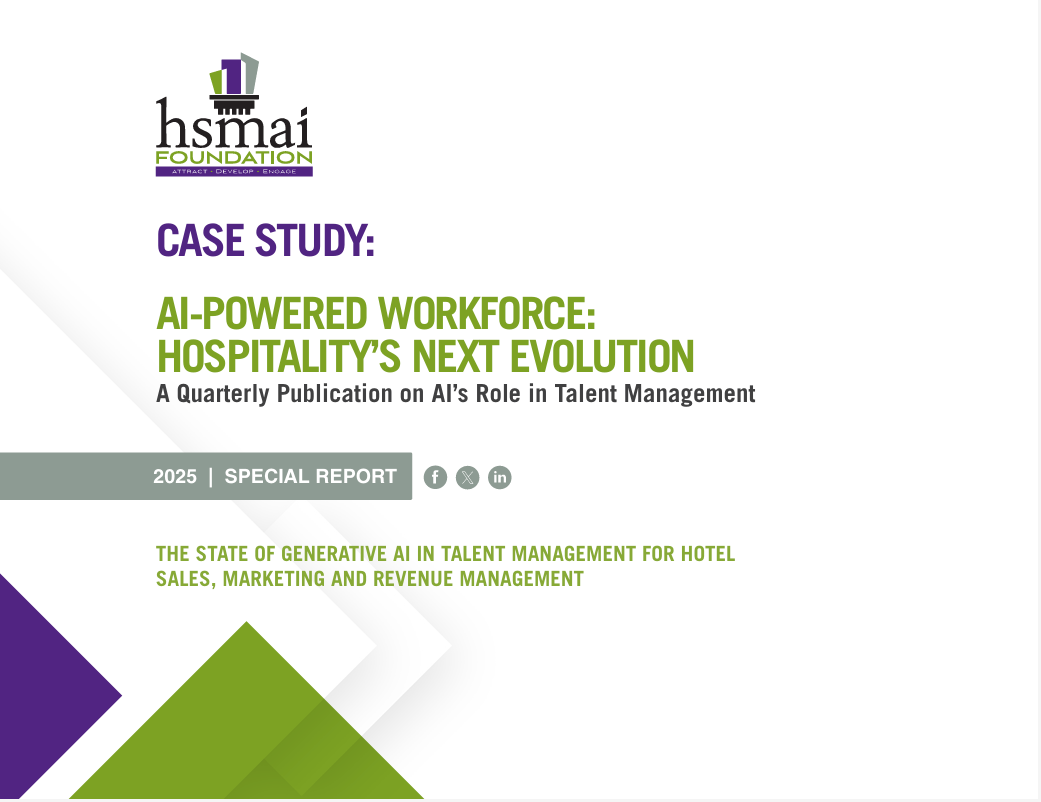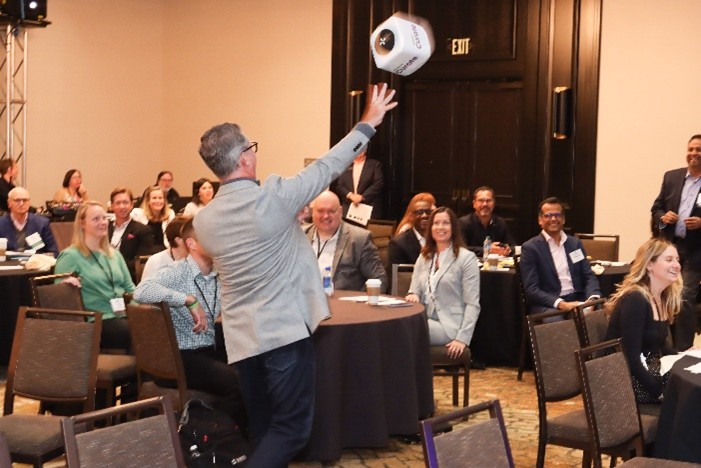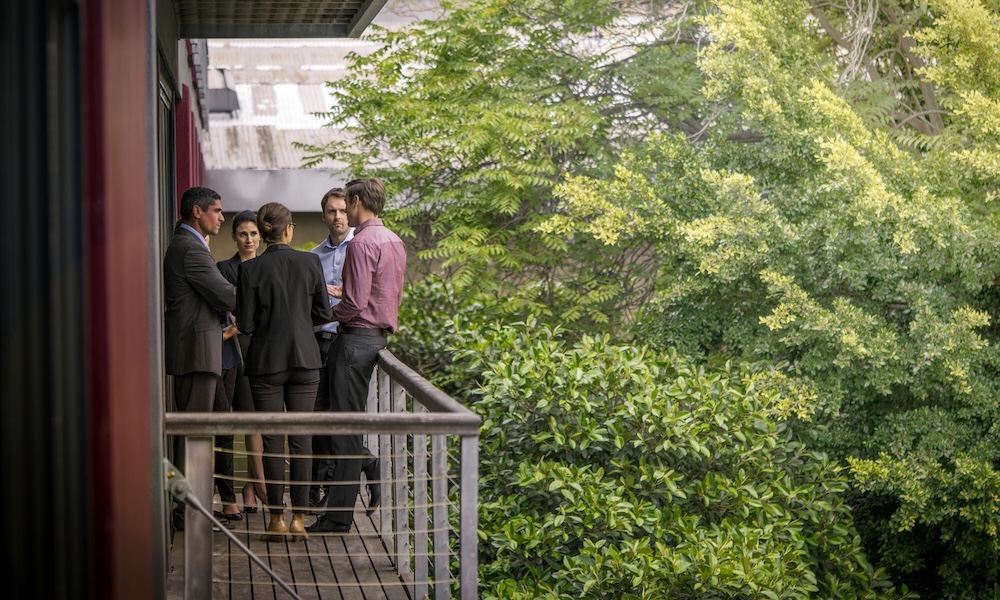I’m excited to share the HSMAI Foundation continues its work exploring the impact of AI on our industry and on our workforce. The report will be widely distributed in the coming weeks, and what this latest AI report makes clear is that the future of hospitality’s workforce lies in embedding intelligence directly into daily workflows, not layering on another tool. Our case study with Expedia Group shows just how transformative this shift can be: sales managers reported saving over an hour a week, 83% said coaching quality improved, and sales teams saw measurable lifts in confidence, close rates, and partner satisfaction. Even a modest 0.3% rise in pitch success, when scaled globally, translates into millions in new revenue. The lesson is simple but powerful: when AI turns feedback into a continuous, data-driven process, professional development stops being an event and becomes a true engine for performance, retention, and growth. I welcome you to read the full report here and to share it with your teams.











